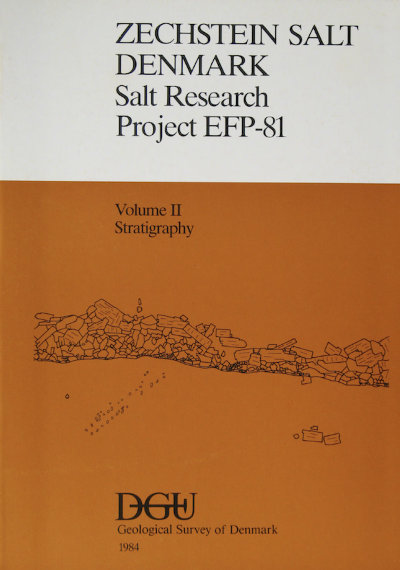Zechstein Salt Denmark. Salt Research Project EFP-81. Volume II: Stratigraphy
DOI:
https://doi.org/10.34194/seriec.v1.7093Abstract
In the Danish part of the Norwegian-Danish Basin 4 cycles of Zechstein evaporites are described. The oldest cycle Z1 is composed of bituminous shale, carbonates, anhydrite, rock salt and, in one well, a potassium mineralization. The older cycle Z2 is composed of bituminous shale, carbonate, anhydrite, rock salt and magnesium - potassium minerals. These latter minerals make up the Veggerby zone, which resembles the German Floz Stassfurt. The younger cycle Z3 is composed of shale, fine sand, subordinate anhydrite and reddish coloured rock salts with two minor potassium mineralizations. The youngest cycle Z4 is composed of shaly sands, subordinate anhydrite and rock salt. No younger cycles are observed. The depositional history of the Danish Zechstein evaporites is given. A strong subsidence of the Norwegian-Danish Basin was initiated at the end of the Rotliegendes and the beginning of the Zechstein. During Zechstein the basin was filled with relatively deep sea sedimentated evaporites in Z1 and in the major part of Z2. From the termination of Z2 to the end of Z4 shallow sea sediments were the dominating type. In connection with the general description is given an outline of the movements of the salt with pillow stage in Late Bunter and with the diapiric movements from Jurassic to recently. Cap rocks are shortly discussed. A summary of the drilling practise is given. The economic geology in relation to the Zechstein is discussed with respect to hydrocarbons, potash and different uses of rock salt.
Downloads
Published
Issue
Section
License
This article is distributed under a CC-BY 4.0 licence, permitting free redistribution and reproduction for any purpose, even commercial, provided proper citation of the original work. Author(s) retain copyright over the article contents.


